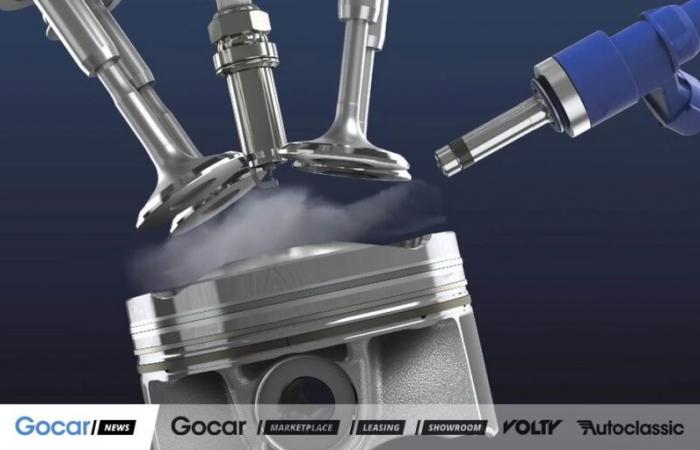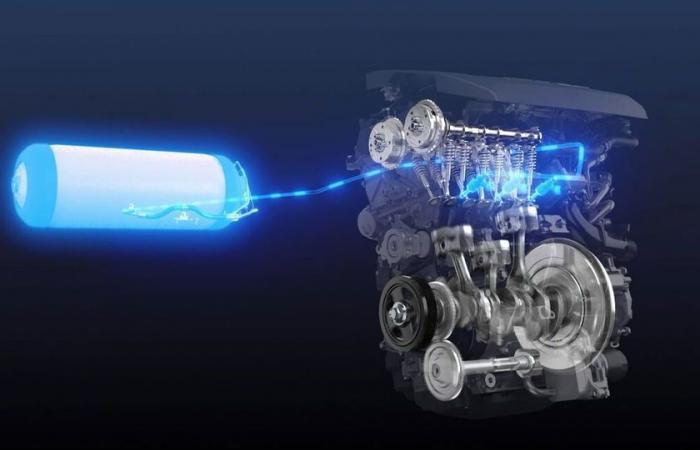For years now, the issue of combustion engine internal lies in its depollution. Indeed, since the introduction of Euro standards, emission tolerances have become increasingly strict, to the point that they are sometimes problematic to satisfy from an industrial point of view. Moreover, today these are standards which make our thermal cars much more expensive (catalyst, NOx filter, particle filter, EGR valve, etc.), even if it is also entirely defensible from a public health point of view. Because, in addition to CO2 which contributes to global warming, air pollution causes numerous deaths due to respiratory failure or cardiovascular problems. Nobody can deny it.
Yes theEurope sees the battery electric car as the (almost) only solution to a future decarbonizedthis is not the opinion of many specialists and many manufacturers who believe in a future hydrogen engine which does not work with a fuel cell, but on the current model of the thermal engine, therefore with a direct hydrogen injection at the heart of the cylinders, as for a gasoline or diesel engine.
Advantages
The idea of a hydrogen injection engine is not new. It dates back to the 1970s. The advantage of burning hydrogen rather than gasoline or diesel lies in the stoichiometric capacity hydrogen which oscillates between 4 and 75% by volume in the air. These ideal characteristics mean that the burning rate of hydrogen is very high, which makes the operation very efficient, particularly in so-called “poor” mixtures (in excess of oxygen) which aim to reduce the production of NOx (nitrogen oxides). Clearly, hydrogen makes it possible to obtain significantly more combustion own and more than power.
Advertisement – continue reading below
That said, given the speed of hydrogen combustion (several hundred meters per second), the developers had to find solutions to avoid gas returns in the collector and the self-ignition phenomenon. Hence the adoption today of a direct injection system high pressure which ensures injection throughout the compression phase. So much for the technique.
New engines soon?
Developing hydrogen engines based on the principle of the combustion engine presents a advantage : and low-cost retrofit compared to what an electrical retrofit with a battery or fuel cell would cost. The advantage obviously lies in the significantly lower discharges. Yes, but here it is: if hydrogen injection engines are a solution for carbon, they on the other hand produce a large number of nitrogen oxides. There are certainly catalytic converters designed to trap them, but their effectiveness remains limited so far.
Until now, it was a problem, but that was without counting on the team of Professor Fudong Liu, of the University of Riverside in California and who has just demonstrated that the addition of zeolites Y platinum in the catalyst filters made it possible to significantly reduce NOx. Because zeolites convert these into nitrogen (harmless) and water vapor. Zeolite? It’s a microporous mineral of aluminosilicate composed of cations and water molecules and which allows ionic exchanges and reversible partial dehydrationthat is to say the possibility of replacing the water with another adsorbed phase, in this case NOx.
The study carried out by the researchers is interesting because it shows that, compared to a traditional catalytic converter, the quantity of nitrogen oxides released was divided by four or five thanks to the addition of this zeolite. And the good news is that this new depollution system will not be overpriced, because zeolite is cheap. There is therefore real hope that following the current patent filing, these catalysts will quickly find commercial applications. And that the hydrogen injection engine experiences a real acceleration.
Looking for a car? Search, find and buy the best model on Gocar.be







